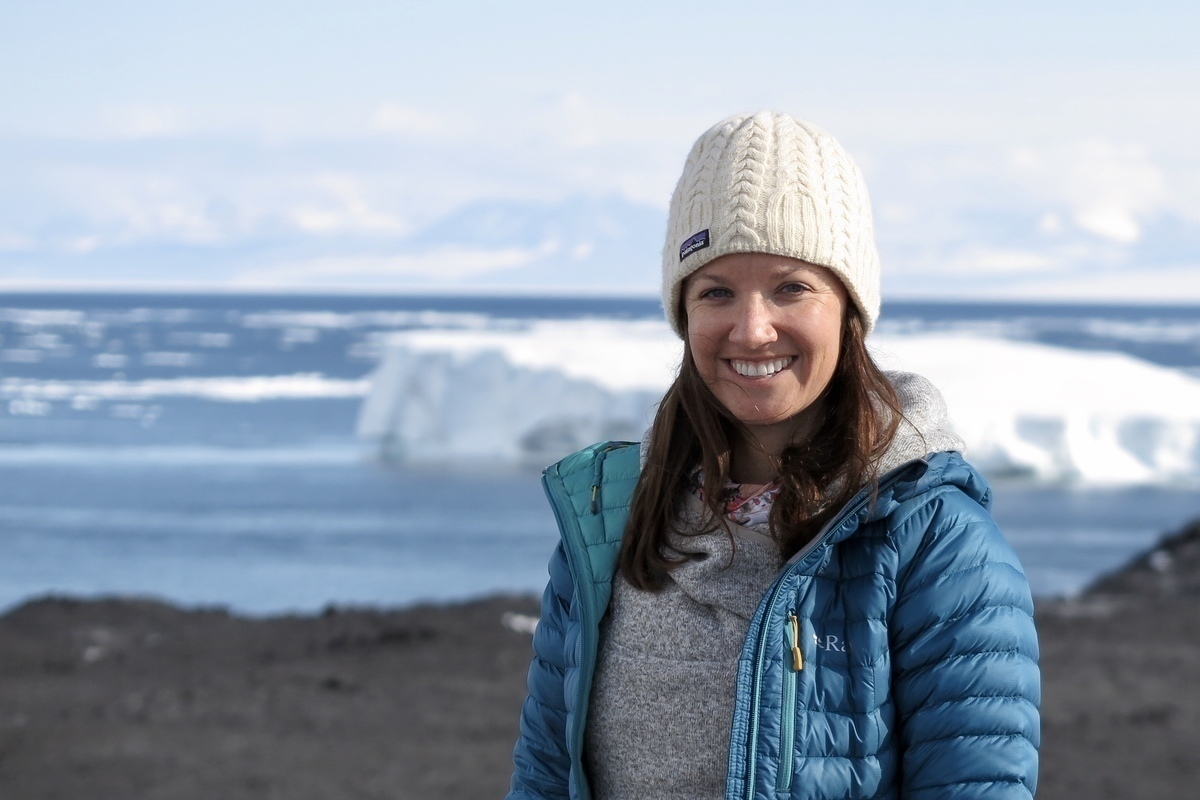PAOC Spotlights
Gateway to Antarctica

PAOC and Summons lab member Emily Matys searches around the globe to reveal the secrets of microbial life
To reveal the complex secrets of microbial life, MIT EAPS PhD candidate, and member of PAOC and the Summons lab, Emily Matys travels around the globe. Matys analyzes lipids — oils, waxes, and fats that living organisms produce in order to store energy and respond to environmental changes.
During her time at MIT, Matys has ventured to Mexico, Germany, Chile, and, most recently, New Zealand to learn innovative lab techniques and to study within different cultures and environments with the support of grants from MIT International Science and Technology Initiatives (MISTI).
“I am the biggest supporter of MISTI,” Matys says. “The grants provide MIT affiliates with an incredible opportunity to interact and collaborate with diverse groups of researchers from around the world.”
By working directly with scientists around the world, Matys gained a global perspective on geobiological research. In Mexico, Matys learned the microbiological methods necessary to understand the modification of cellular lipids in response to environmental conditions. During her time in Chile, Matys analyzed lipids produced by organisms that live in an oxygen minimum zone (OMZ) off the coast of northern Chile. More recently, Matys has collaborated with a group of researchers from Germany. Together, they hope to develop analytical methods that will enable the spatial analysis of lipids in natural samples.
In 2016, Matys traveled to New Zealand to meet with three other scientists from around the world who study life in cold environments. “It’s rare that a group of four scientists can get together, sit down, talk, and discuss the details and common themes of their research.”
From the conversations in New Zealand, the scientists published a perspectives paper in the journal Geobiologyin 2018 titled “The ‘Dirty Ice’ of the McMurdo Ice Shelf: Analogues for biological oases during the Cryogenian.”
“It describes the McMurdo Ice Shelf in Antarctica, and how it can help us to understand how life may have persisted throughout the Neoproterozoic Snowball Earth events,” Matys says.
But that’s not all Matys gained from her visit to New Zealand. During a discussion about Antarctic research, two of the scientists recommended Matys apply for the National Science Foundation Antarctic Biology Training Program, an approximately month-long research experience based out of McMurdo Station, Antarctica. Matys applied, and, in January 2018, she completed the training program and added Antarctica to her list of travels.
“I certainly did not expect to gain so many amazing international colleagues during my graduate education, but I am exceedingly grateful for the opportunities that have enabled me to do so,” Matys says.